Blog #126 How to use post processing to achieve your vision
Blog #126 How to use post processing to achieve your vision
Post processing images can be a controversial topic. The fact of the matter is that for just about as long as photography has been around (1838) images have received a nip here and a tuck there as a general practice. Once wet plates and the modern day acetate film strip was invented, along with darkroom techniques, images became subject to dodging, burning, and many types of manipulation and color adjustments. Adobe’s Lightroom application is the modern day equivalent to the darkroom but goes way beyond. Photoshop goes further even still by allowing the user to add, subtract, multiply, and divide the composition and subjects within an image. Your imagination is the only limitation quite literally.


These processes have been and will always be controversial. On one side of the argument there is the purest who insists on getting everything right “in camera” and tolerates zero post processing edits or techniques. Then there are those who chose to tell their stories without restraint insofar as post processing is concerned. The rest of us fall somewhere in between these polarised artist positions. Check out @surrealhk for a brilliant illustration of how Photoshop can help you to achieve your vision.
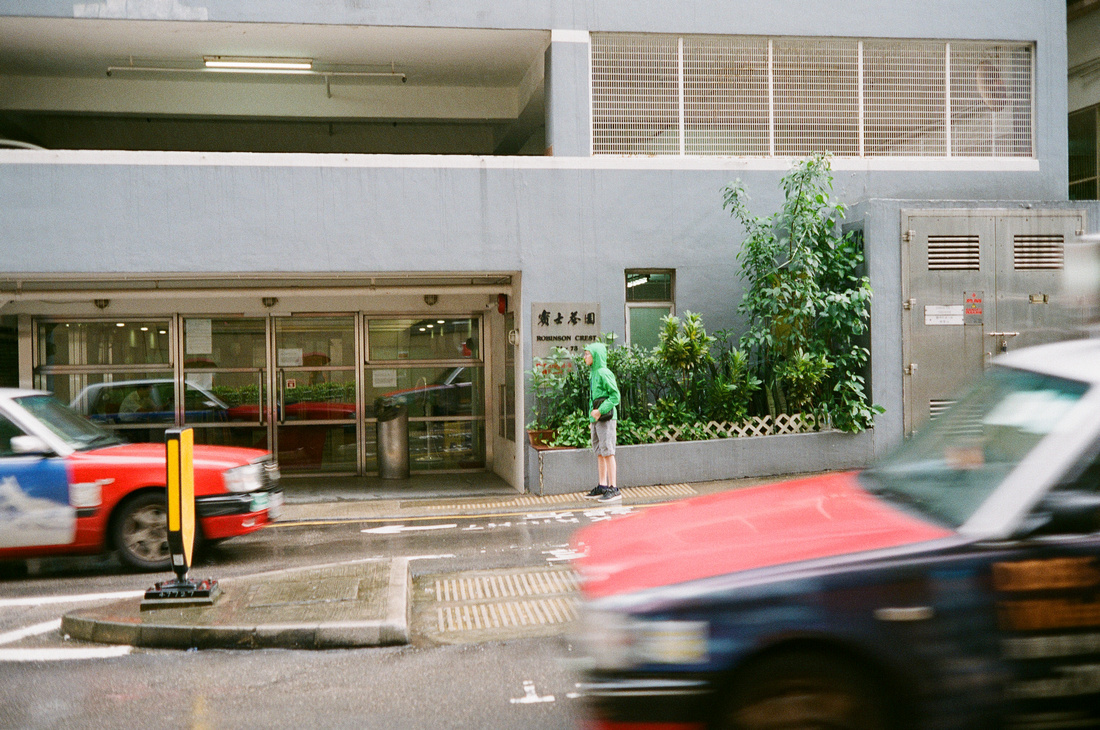

When you visualise an image the camera rarely spits out exactly what you envisioned the moment that you pressing the shutter release. What you see and feel through the viewfinder [LCD screen] does not translate 100% to jpeg or raw file on your computer screen later than day. It just doesn’t work that way on a regular basis, not for me anyway. The “feeling” or “atmosphere” might not be communicated through the camera and from the final image. This is where post processing can aid you in the expression of your creative vision. Lightroom is your friend.
Perhaps an architectural scene caught your eye due to the lines, shapes and tones but the image was made in color. You feel the need to convert that image into black and white to share that high contrast striking aesthetic and feeling with your audience.
Perhaps an epic scene rolled out in front of you while on a hike and the light was very bright, warm, and moving. The image that your camera spat out later at home seemed to lack the lustre that you remembered. You proceed to push some sliders and Voila! The color pops and you recapture that feeling of the scene with its punchy colors as you remembered it.
Maybe you’re out on a misty, rainy night and capturing figures moving about an urban landscape with all of those gorgeous reflections, umbrellas, and deep shadows. The image that your SD card produces later on just doesn’t match what you remember in your “minds eye”. A little masking around subject to decrease sharpening of the background, flip to black and white, and a touch of vignette and now there’s the scene and mood that you remembered!
These are just a couple of examples but there are many more instances where the camera doesn’t quite capture the light, mood, or scene the way that you remembered it. This is where post processing can be instrumental in elevating the image produced by the camera closer to your artistic vision and taste.
Go ahead, don’t be afraid, push and pull your images to align them with how you remembered the picture. Don’t stop there, push the image further and see it if works or not. Every image is different and will require different amounts of post processing to work. Sometimes a 10% crop is all it takes along with a pinch of sharpening.
In conclusion, there is one caveat, avoid over-processing because it will look obvious or it will be apparent that you “tried to hard” and the image will look forced and unnatural. You know it when you see it.
When it comes to post-processing, do like Frankie says…
Relax.
The light is always right.
jhg
*Images: © Jeremy H. Greenberg
Where: Hong Kong
Subject: Street Photography
Gear: Olympus 35RD Rangefinder (1971) + Agfa Vista Plus 200 Color Film 35mm
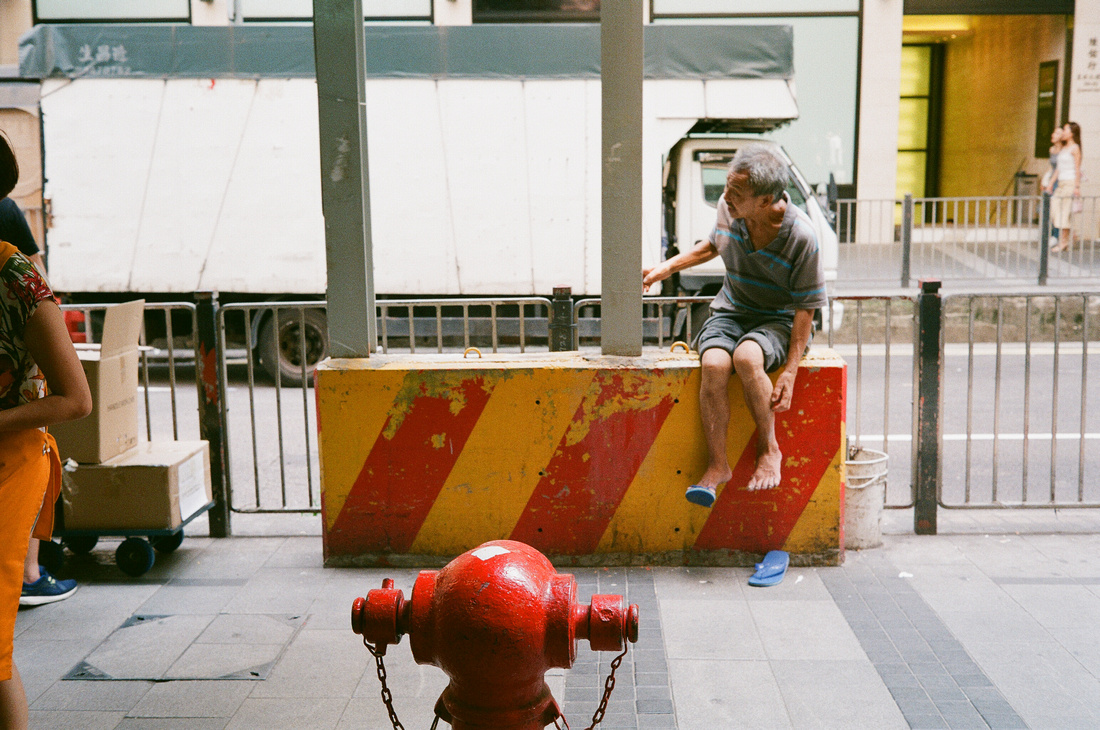

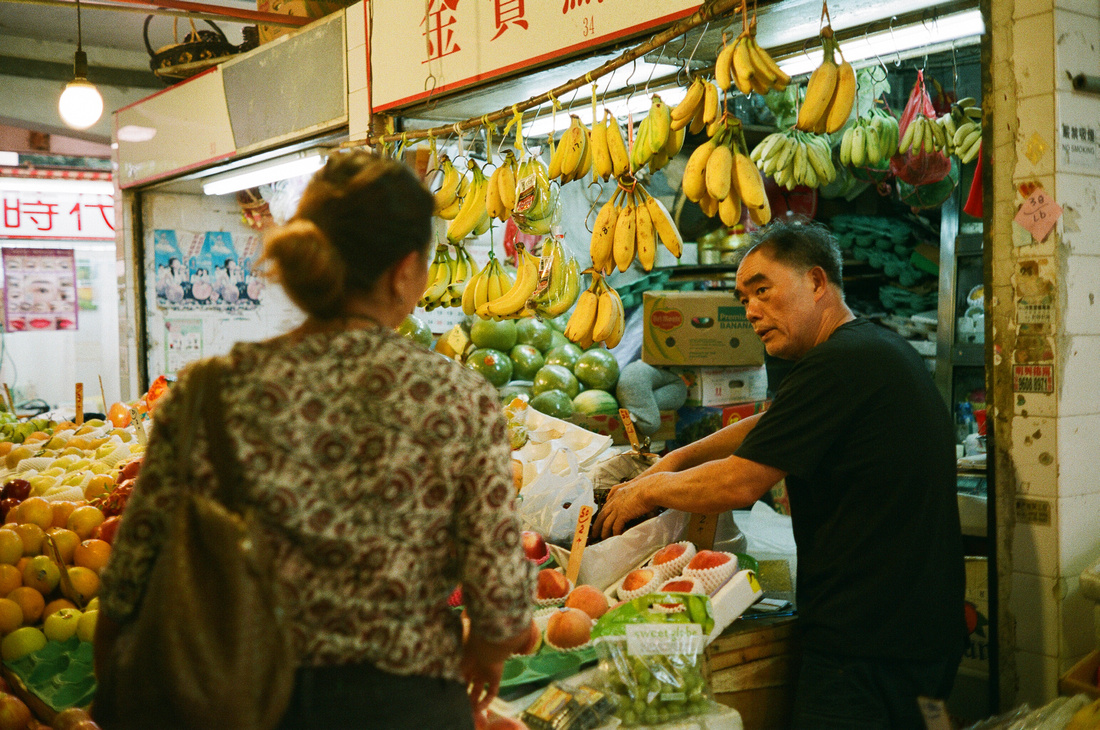

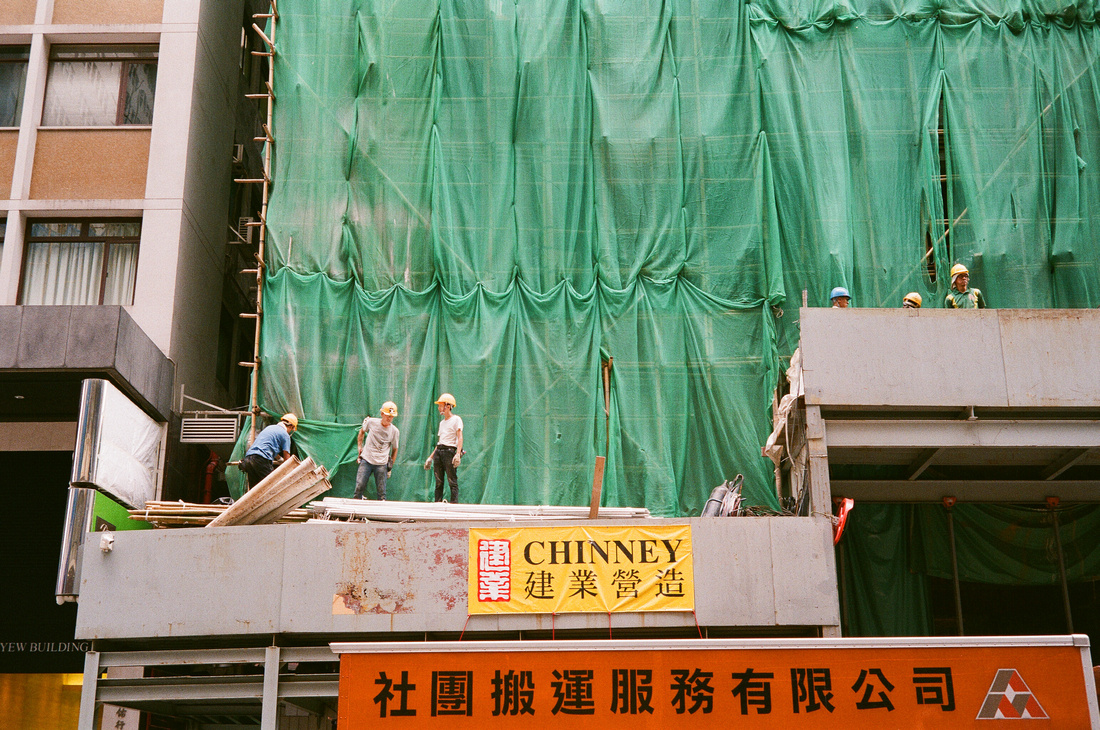



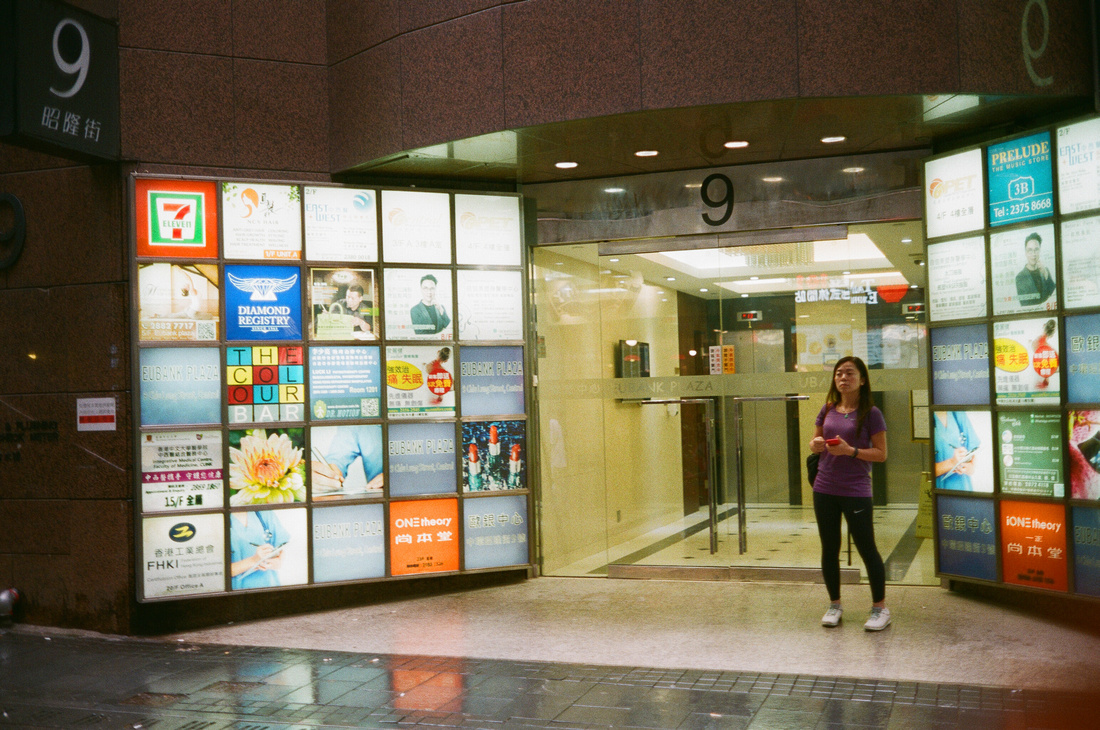

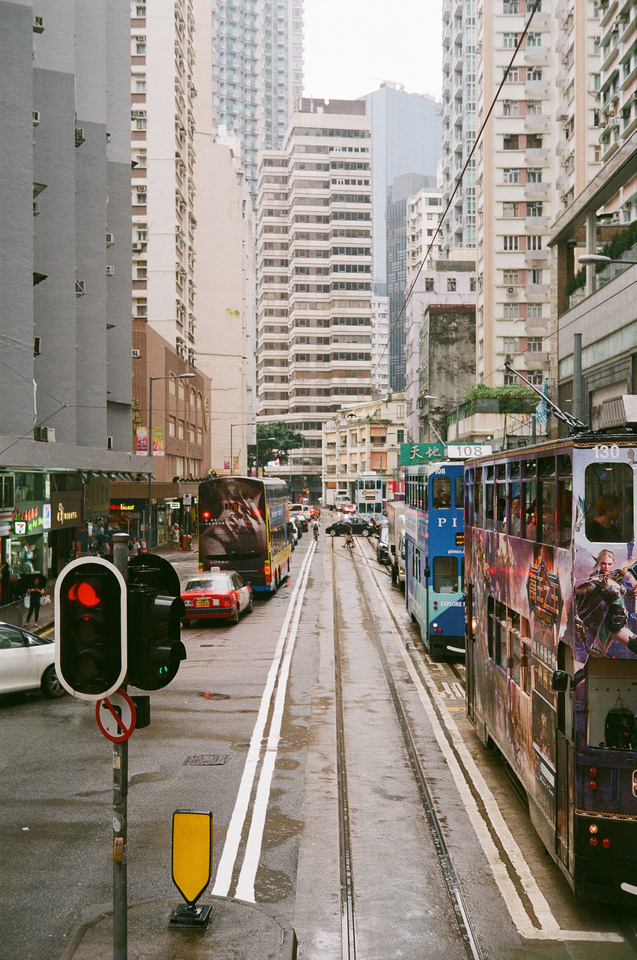

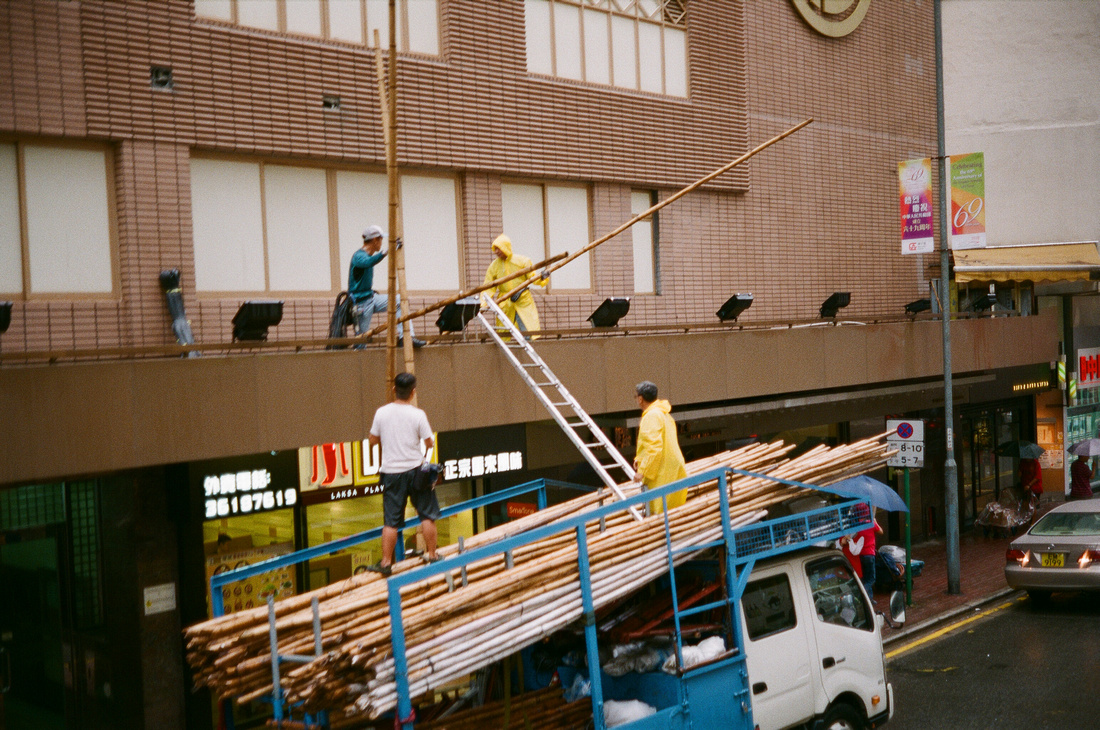

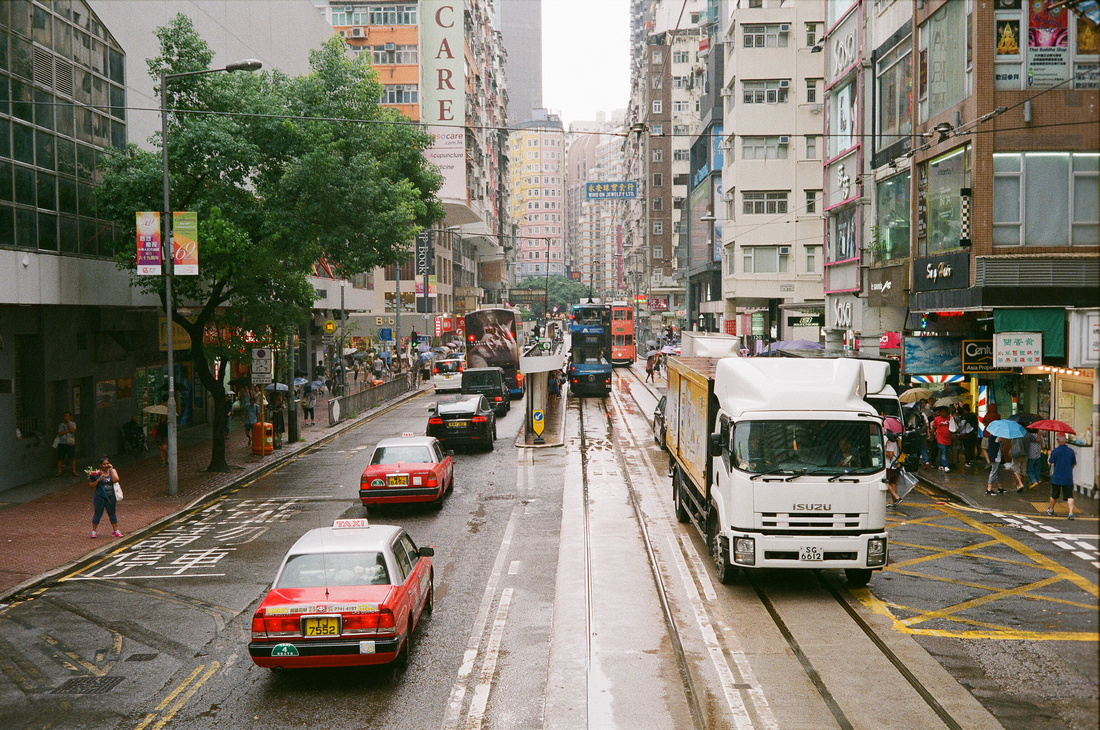

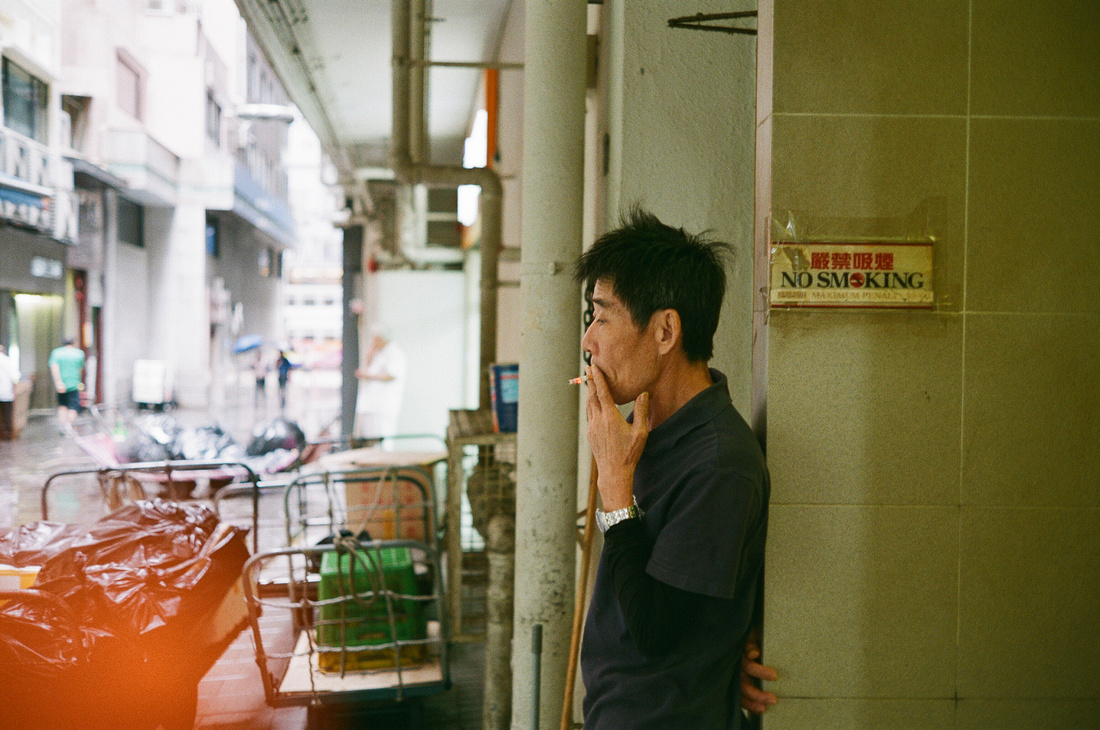

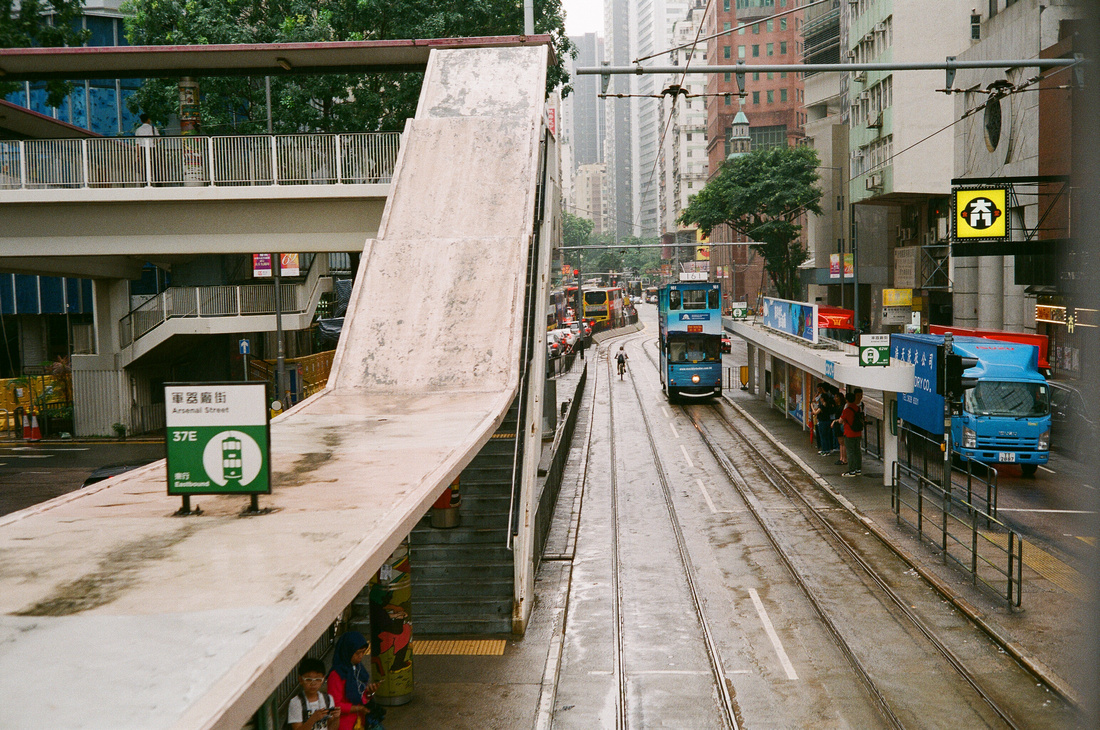

National Geographic Travel Photographer of the Year 2017 Editor’s Favorite: Galleries: Week 4 Cities & People
Casual Photophile Tip & Techniques No. 001 The Subject is the Subject
The Inspired Eye Photography Magazine Issue #40 (full interview)
Hong Kong Free Press: HKFP Lens
Blog #18 Criticizing Photographs or Beyond the “like”
Blog #25 Don’t Be Afraid of the Dark[room].
Blog #47 Composition, Composition, and More Composition
Blog #65 Summer is for Travel (Hanoi)
Blog #67 Risks, Rules, & Restrictions
Blog #68 Photography is a Gift
Blog #72 Living the Creative Life
Blog #90 Restrictions, Revisited
Blog #93 Photographic Technique
Blog #105 Signs, Signs, Everywhere a Sign